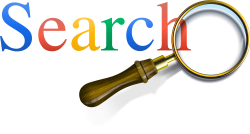Here are tipsheets on the TOOLS used to search online:
internet, web, browsers, search engines, search management tools, etc.
(Tools) FACT-CHECKING resources
What can you do to minimize the use of manipulated content?
(Tools) Manipulated VISUAL content: tools & techniques
Check our tools & techniques to debunk manipulated visual content
(Tools) – The web, an internet service among others
Situate the web among other popular internet services
(Tools) – Websites – The 14 must-know in a nutshell
Here are the 14 must know on websites to use their content efficiently
(Tools) – The web is not the internet
Contrary to what many think, the web is not the internet. They are not synonyms.
